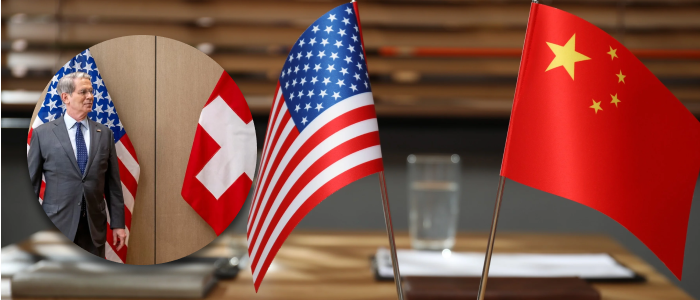Car Sales and Other Big Categories Fall
Among the largest declines was a pullback in sales of motor vehicles and parts, which slipped 0.1 percent in April after a big 5.5 percent surge in March. Other sectors that saw a drop included clothing, sporting goods, health and personal care, signaling a more general weakening in the demand from consumers.
Economists warn this slowdown could crimp overall economic growth, particularly given a weak first quarter. With consumer spending accounting for nearly two-thirds of the U.S. economy, the April falloff is raising alarms over a second consecutive drag on GDP for the second quarter.
EY economists captured the sentiment with the phrase: “The pre-tariff shopping spree is through.”
Restaurants Rise, Groceries Hold Steady
There were a couple of bright spots in the report. Spending at bars and restaurants increased 1.2%, while spending at grocery stores was flat. Economists at Jefferies took this trend as a sign that consumer optimism has not yet completely eroded. Weaker confidence usually means more grocery shopping and fewer meals out — but that is not yet occurring.
But Wall Street firms like Morgan Stanley warn that the slowdown in spending has come sooner than anticipated, and there may well be more weakening to come as consumers start to feel the bite of higher prices in the wake of the tariffs.
“Whatever strength we saw in the economy in the first quarter, I think it’s a bit of a mirage,” said Chris Rupkey, chief economist at FwdBonds.
Outlook: Consumer Wariness Seen on Rise
While consumer activity remains fairly solid at present, economists anticipate that consumption will slow in the second half of the year. Higher prices from tariffs should restrain purchasing power and weigh on broader economic momentum unless trade pressures diminish soon.
Stay informed with Newsbuck – your go-to source for global news, trends, and updates across tech, health, politics, and more. Trusted stories, delivered fresh. Explore more on Newsbuck!












